The party games of decades past were often carefree and hilariously silly, bringing people together with laughter and camaraderie. But looking back, some of these games make us cringe in disbelief. Whether they relied on awkward physical contact, promoted stereotypes, or simply crossed personal boundaries, many vintage games would never fly today. What was once considered innocent fun now seems shockingly out of step with modern values and sensibilities. Here are 12 vintage party games that would be completely inappropriate now.
1. Spin the Bottle

Spin the Bottle was a party classic that turned innocent gatherings into a whirlwind of giggles, awkwardness, and sometimes unwanted kisses. The premise was simple: spin a bottle, and the person it pointed to had to kiss you. While it was meant to be lighthearted fun, the game often pressured participants into situations they weren’t comfortable with, especially when peers egged them on. Consent wasn’t a priority in the game’s design, and it could quickly become a recipe for embarrassment or discomfort.
Despite its flaws, Spin the Bottle was a rite of passage for many young partygoers. It created memorable, albeit cringe-worthy, moments that have since been immortalized in pop culture. However, in today’s world, where respect for personal boundaries is paramount, the game feels outdated and inappropriate. It serves as a reminder of how much social norms have evolved over the years.
2. Musical Chairs

Musical Chairs seems harmless at first glance—a fun, fast-paced game involving music and a shrinking number of seats. But the competitive nature of the game often brought out the worst in participants. Pushing, shoving, and even minor injuries were common as players scrambled for the last remaining chair. The game also often singled out those who weren’t as quick or agile, turning their elimination into a public spectacle.
While it was undeniably entertaining, Musical Chairs encouraged a cutthroat attitude that doesn’t align with modern views on inclusivity and kindness. Today, we strive for activities that emphasize collaboration over competition. The game’s aggressive undertones and potential for embarrassment make it a relic of a different time.
3. Bobbing for Apples
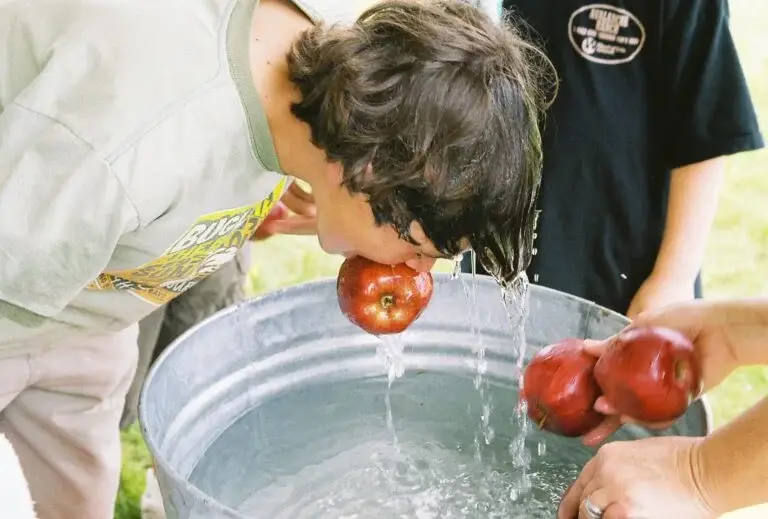
Bobbing for Apples was a staple of Halloween and autumn parties, combining fun with a dash of physical challenge. Participants would dunk their faces into a large tub of water, trying to grab apples with their teeth. However, the communal water quickly became a breeding ground for germs, and the risk of spreading illnesses like colds or worse was significant. The game also posed a choking hazard, especially for younger participants who might not realize the risks.
Despite these concerns, bobbing for apples was seen as harmless fun for generations. The thrill of snagging an apple and the laughs that followed made it a party highlight. But in today’s world, with heightened awareness of hygiene and safety, this game has fallen out of favor. It’s a nostalgic memory that likely won’t see a modern revival.
4. Truth or Dare

Truth or Dare was the ultimate test of courage and honesty, but it often pushed players into uncomfortable or embarrassing situations. The game’s open-ended nature meant dares could become wildly inappropriate, and truths often veered into deeply personal territory. Peer pressure played a significant role, making it hard for participants to opt out without feeling judged or ridiculed.
While the game encouraged spontaneity and fun, it often crossed boundaries that should have been respected. Today, we’re more mindful of the importance of consent and personal comfort, making the traditional version of Truth or Dare feel problematic. It’s a game that’s better left in the past or heavily modified for modern sensibilities.
5. Charades with Stereotypes

Charades is a classic party game, but earlier versions often included prompts that relied on stereotypes or offensive caricatures. Players were encouraged to act out roles or behaviors that were rooted in cultural, racial, or gender-based clichés. While the intention was comedic, the results often reinforced harmful ideas or made participants uncomfortable.
In its updated form, Charades can still be a fantastic way to bring people together, provided the prompts are respectful and inclusive. The vintage versions, however, serve as a reminder of how far we’ve come in understanding the impact of representation and humor. What was once considered funny now feels inappropriate and outdated.
6. Blind Man’s Bluff
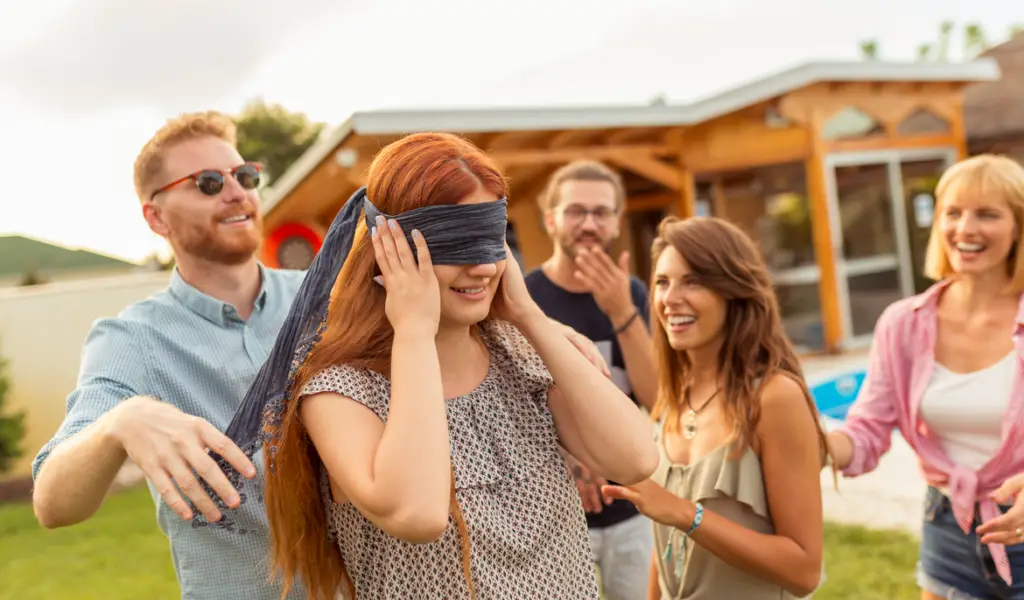
Blind Man’s Bluff involved one blindfolded player trying to catch others in a room, relying on touch to identify them. The game often led to uncomfortable or overly physical encounters, especially in co-ed settings. Players could easily cross personal boundaries, and the blindfolded participant was at a distinct disadvantage, sometimes leading to accidental collisions or injuries.
While the game was a popular icebreaker, its potential for awkwardness and discomfort makes it unsuitable for today’s gatherings. Modern games emphasize consent and mutual enjoyment, which Blind Man’s Bluff often lacked. It’s a game that, while nostalgic, belongs firmly in the past.
7. Passing the Orange

Passing the Orange involved players transferring an orange from one person to the next using only their chins and necks. The close physical contact required by the game often made participants uncomfortable, especially if they didn’t know each other well. The game also created opportunities for teasing or embarrassment, particularly if someone dropped the orange or struggled with the task.
Despite its lighthearted intent, Passing the Orange feels out of place in today’s world, where respect for personal space is more important than ever. It’s a relic of an era when games prioritized physical interaction over individual comfort. While it brought laughs, it’s unlikely to make a comeback in modern settings.
8. Sardines

Sardines is essentially hide-and-seek in reverse, where one person hides and everyone else searches. Once someone finds the hidden player, they join them in the hiding spot, often cramming into tight spaces. While it was fun for kids, the game could quickly become uncomfortable or even dangerous in poorly ventilated or cramped areas. There was also a risk of injury or damage to property as players squeezed into unlikely hiding spots.
The game’s potential for chaos and discomfort makes it less appealing in today’s world, where safety and inclusivity are paramount. While Sardines brought plenty of laughs, it often did so at the expense of comfort and practicality. It’s a game that’s best remembered rather than revived.
9. Pin the Tail on the Donkey
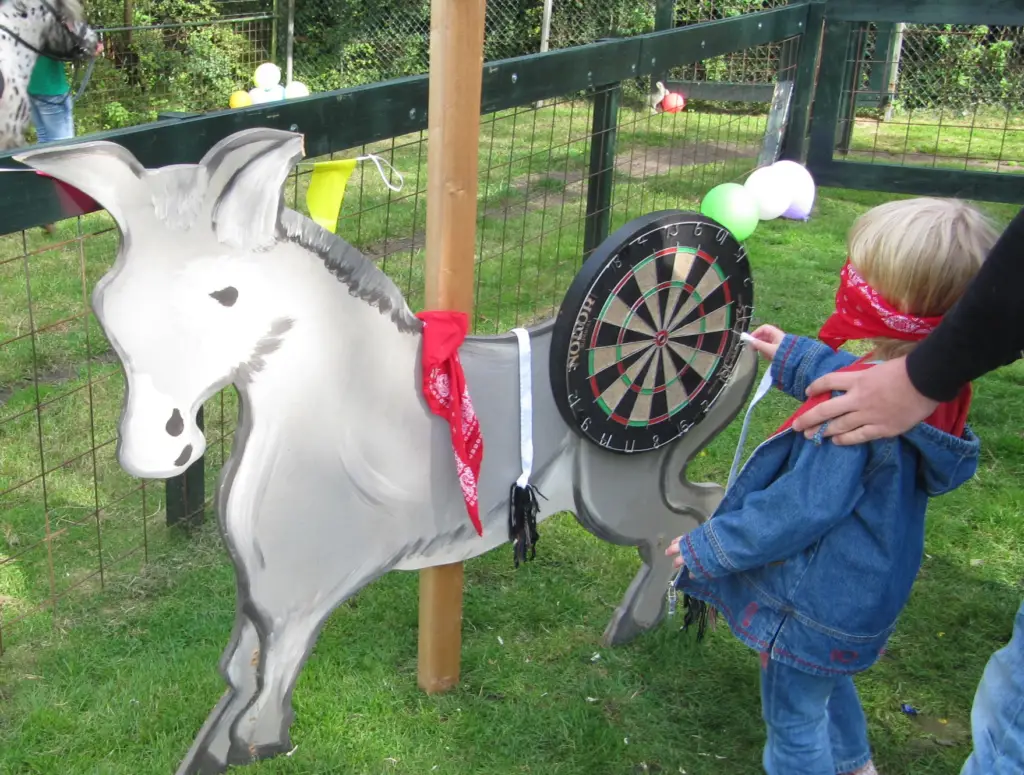
Pin the Tail on the Donkey involved blindfolding players and spinning them around before they attempted to pin a paper tail onto a drawing of a donkey. The combination of disorientation and sharp pins led to numerous minor injuries, and the game often embarrassed participants who missed the mark in spectacular fashion. Additionally, the blindfold could make some players feel vulnerable or uneasy.
While the game was a staple of birthday parties for decades, its hazards and awkwardness make it less suitable for today’s gatherings. Modern alternatives have replaced the pins with magnets or stickers, but the original version feels outdated. It’s a reminder of how party games have evolved to prioritize safety and enjoyment.
10. Crack the Whip
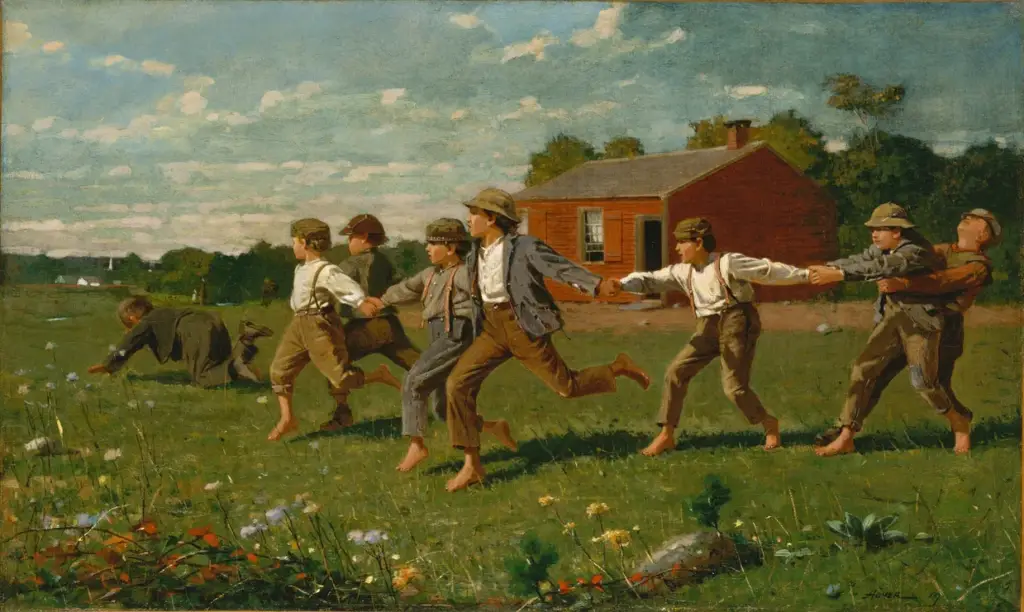
Crack the Whip was a high-energy outdoor game that often left participants dizzy, bruised, or worse. The game involved players forming a human chain by holding hands, with the leader running and making sharp turns to fling the person at the end of the line in a whip-like motion. While it was exhilarating to be part of the chain, the person on the end often bore the brunt of the force, frequently losing their grip and being sent tumbling to the ground. Injuries like scrapes, sprains, and even broken bones weren’t uncommon, especially on hard or uneven surfaces.
The game’s unpredictability and physical demands made it thrilling but also dangerous, particularly for smaller or younger participants who struggled to keep up. Despite the risks, it was a popular choice at schoolyards and neighborhood gatherings, fostering laughter and a sense of camaraderie. Today, Crack the Whip is rarely seen, as parents and teachers prioritize games that minimize the potential for harm. It remains a nostalgic reminder of an era when outdoor play often came with a few bumps and bruises.
11. Ducking for Doughnuts

Ducking for Doughnuts was a sweet twist on bobbing for apples, with doughnuts hung on strings for players to eat hands-free. While it sounds harmless, the game often led to choking hazards, especially for younger participants. The competitive nature of the game also encouraged players to eat too quickly, increasing the risks.
Despite its risks, Ducking for Doughnuts was a fun and sugary addition to many parties. However, the game’s potential for danger outweighs its charm in today’s world. It’s a nostalgic reminder of how parties once prioritized fun over caution.
12. Hit the Piñata
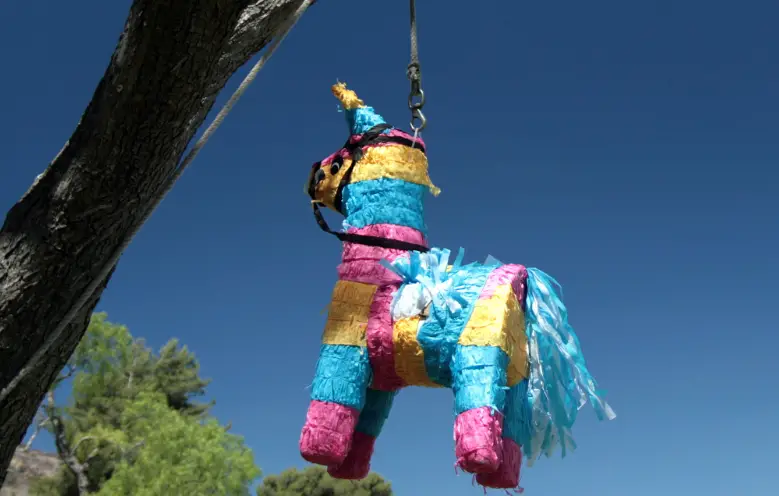
Hitting the piñata has long been a staple of parties, especially for kids. The concept of blindfolding a participant, spinning them around, handing them a stick, and setting them loose to swing wildly at a hanging object filled with candy seems innocent enough. However, the chaos it often created was far from safe. Children eagerly crowding around the piñata were frequently hit by the blindfolded swinger, leading to tears, bruises, and occasionally more serious injuries. The unpredictable flailing made every strike a gamble, and the risk of property damage from wayward swings wasn’t unheard of either.
Despite the hazards, the thrill of finally breaking the pinata and diving for the sugary loot made it a beloved tradition. Kids couldn’t resist the promise of candy raining from above, and parents often overlooked the risks in favor of the laughter and excitement it brought. Today, many parties have replaced the traditional pinata stick with pull strings, ensuring a safer experience for everyone. The original version, while nostalgic and exciting, remains a vivid reminder of a time when a little danger was just part of the fun.
The games of the past were often designed with fun in mind, but they frequently overlooked issues of safety, consent, and inclusivity. These vintage party games remind us of a time when social norms were vastly different, offering a fascinating glimpse into history while highlighting how much things have changed for the better.


